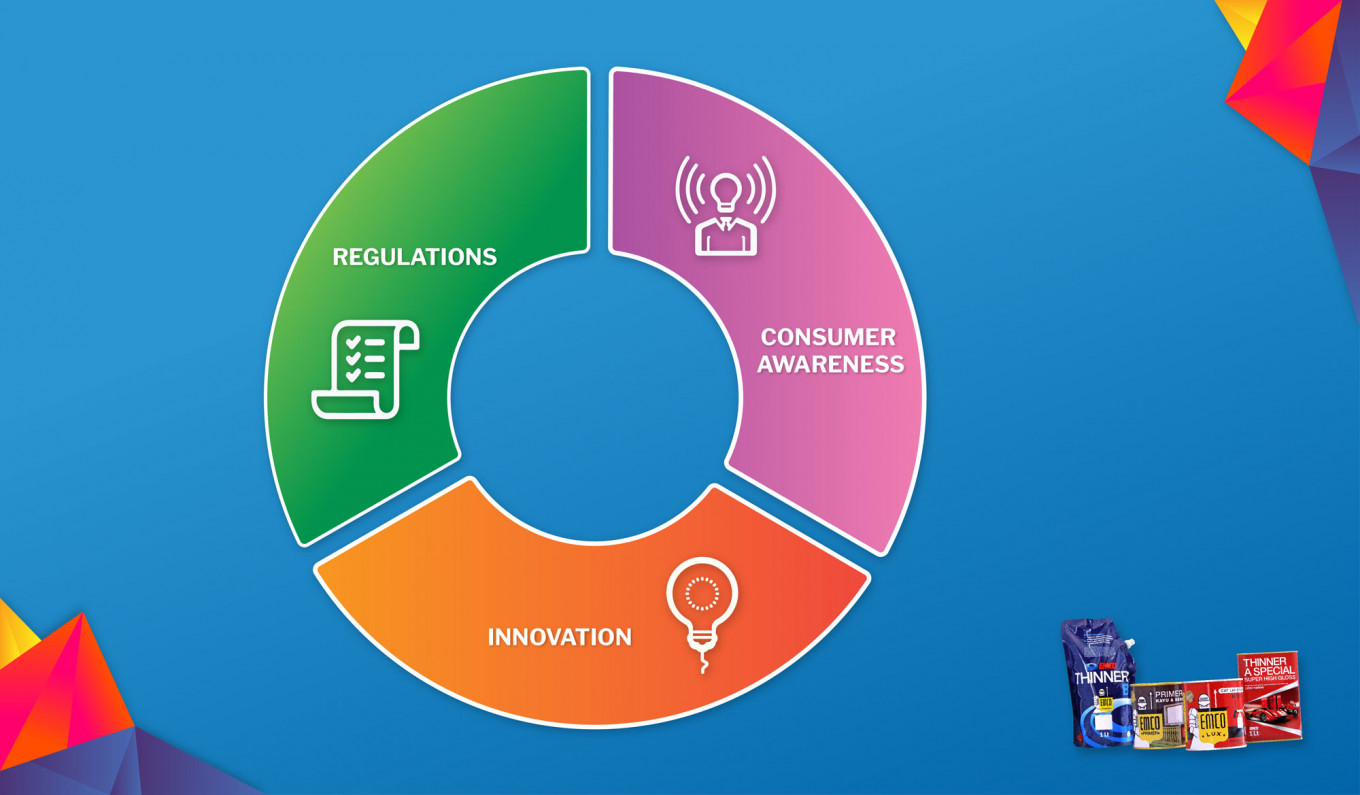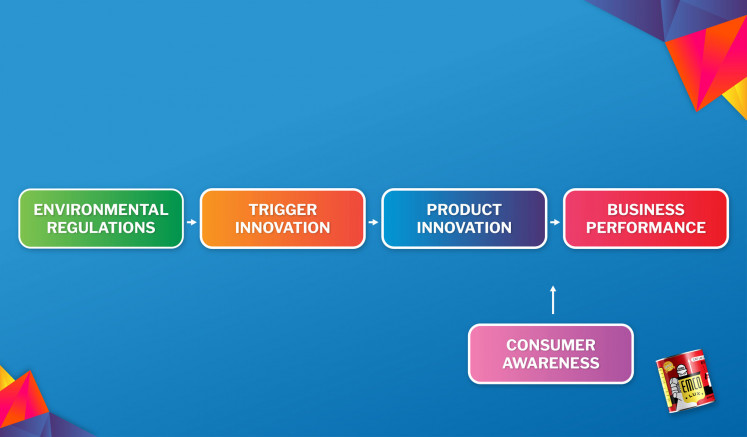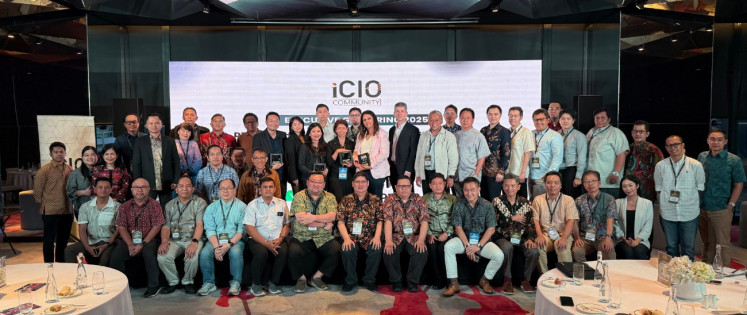Popular Reads
Top Results
Can't find what you're looking for?
View all search resultsPopular Reads
Top Results
Can't find what you're looking for?
View all search resultsCan the paint industry go sustainable? Indonesia and the charge for eco-friendly paints
Change text size
Gift Premium Articles
to Anyone
I
ndonesia, a growing market for the paint industry, is undergoing a quiet revolution. The industry, projected to reach a staggering $190.8 billion globally by 2028, is taking bold steps toward a more sustainable future. But why the sudden shift?
While paint may seem like a harmless way to add color to our world, conventional production processes can be a hidden environmental villain. Thankfully, a growing awareness of sustainability is influencing governments, businesses and consumers alike.
Indonesia's green initiatives
Indonesia's commitment to sustainability is evident in its carbon tax policy, mirroring a global trend. This, coupled with stricter environmental regulations, is pushing the paint industry to innovate. Leading companies are embracing eco-friendly practices, with PT Mataram Paint serving as a shining example.
PT Mataram Paint: A model of sustainability
The company’s brand new, state-of-the-art factory boasts not just cutting-edge, eco-friendly machinery but also a remarkable 50 percent green space ratio. This isn't science fiction; it's the future of paint production in Asia.
Key considerations for sustainable paint production
Transitioning to sustainable practices requires careful planning. Here are some key factors:
- Researching eco-friendly alternatives for raw materials for paints.
- Upgrading production machinery for efficiency and reduced environmental impact.
- Optimizing factory layouts for minimal waste.
- Implementing measured and responsible waste treatment practices.
- Providing comprehensive training for employees on sustainable practices.
- Building strong relationships with customers and the surrounding community.
"The extended timeframe since the Paris Agreement 2016 has allowed productive industries to develop innovative solutions for sustainability," said Dr. Lia Sidik, a sustainable brand strategy expert and educator. "Indonesian consumers are also becoming more informed, thanks to educational curricula that incorporate environmental education alongside industry initiatives like sustainability reports and integrated CSR and ESG actions. This synergy offers hope for a greener future for our planet."
A global collaborative effort
The Global Alliance for Eco-Friendly Paint, spearheaded by the World Health Organization and the UN Environment Program, signifies a global commitment to a greener future. Indonesia's paint industry is a microcosm of this larger movement. As awareness grows and regulations evolve, the paintbrush may well become a tool for positive environmental change.
Is a fresh coat of sustainability possible? Can the entire paint industry truly embrace sustainable practices? Only time will tell, but the early strokes from Indonesia are a promising sign. Learn more about the Global Alliance for Eco-Friendly Paint and do your part to create a greener future!











